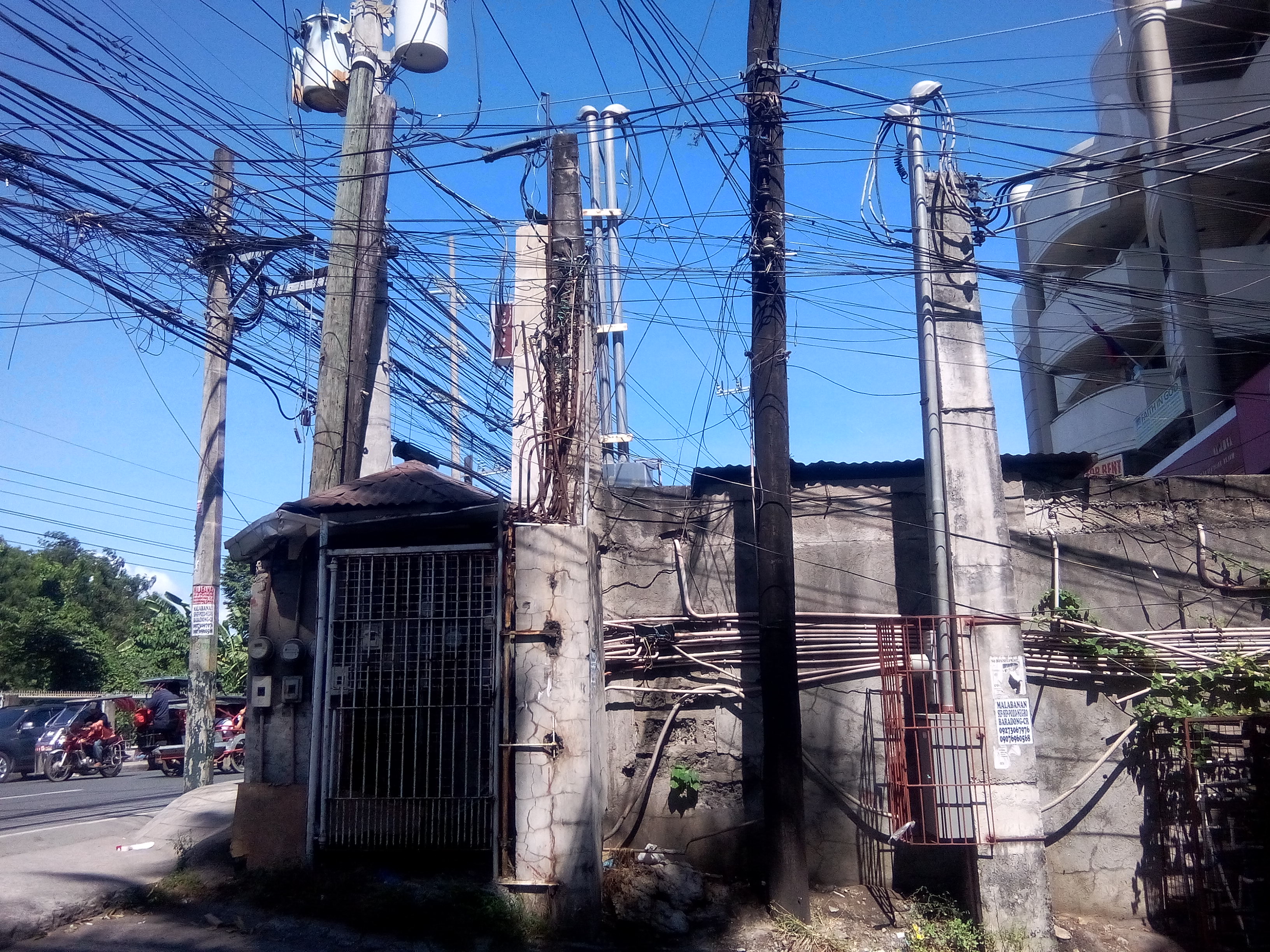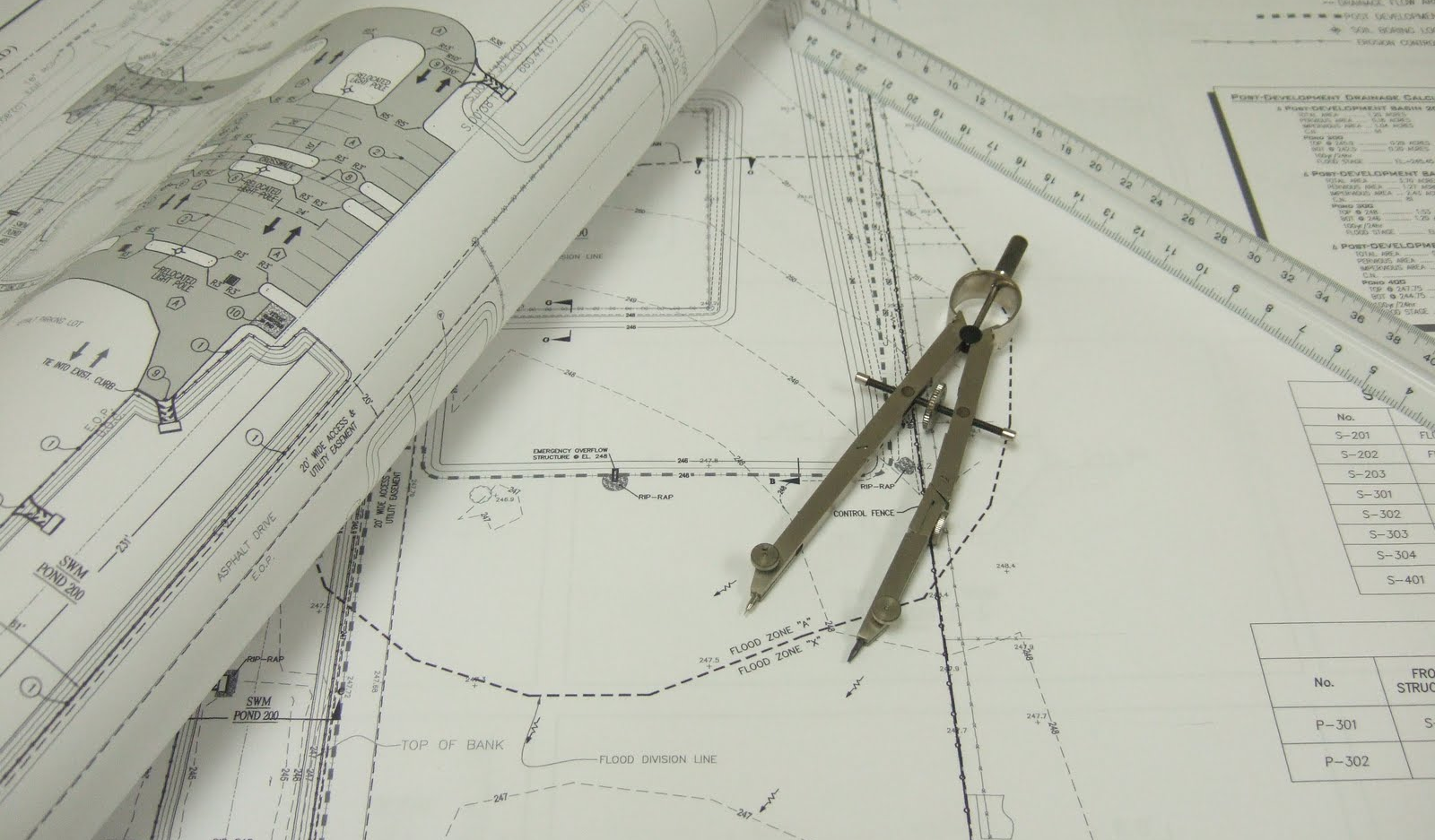Uplifting the Electrical Engineering Profession in the Philippines: Addressing Systemic Neglect, Unsafe Practices, and Corruption
Abstract In the Philippine construction industry, Electrical Engineering is often marginalized, resulting in unsafe installations, non-compliance with technical standards, and rampant use of unlicensed practitioners. The situation is further exacerbated …




